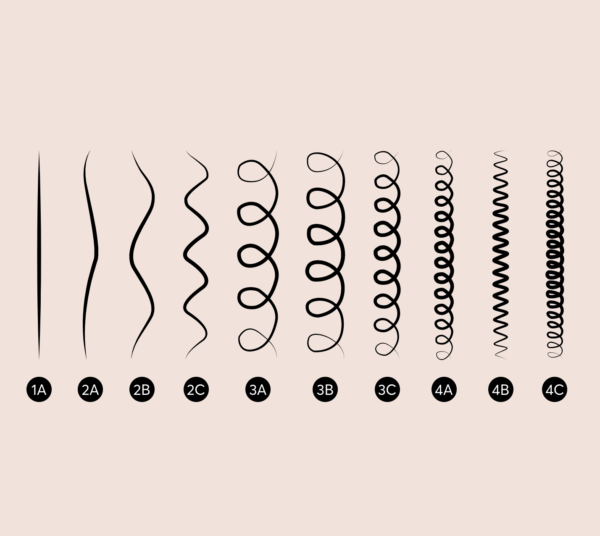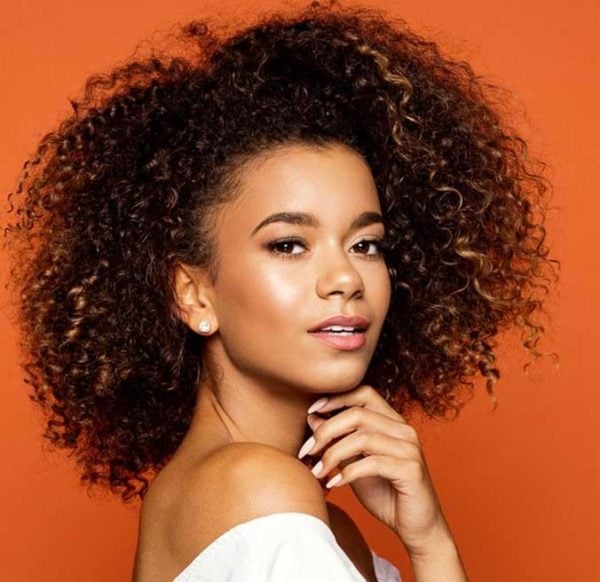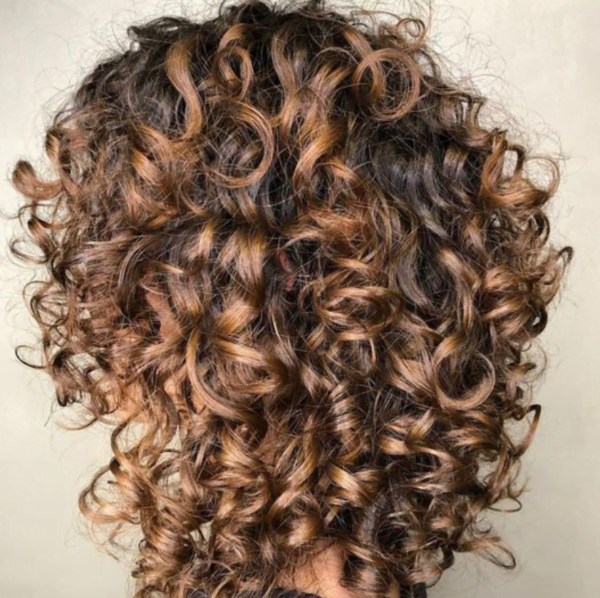Knowing your hair type and knowing how to find your curl type is a fundamental part of understanding and caring for your hair because it provides a baseline for building a hair regimen.
The most popular hair typing system was developed in the nineties by celebrity hairstylist, Andre Walker. Walker is well known for being Oprah’s hair stylist, and in the nineties he launched a line of hair care products. As a part of the launch of his product line, Walker released his hair typing system, and his hair type chart is a good starting point for natural hair newbies looking for guidance on taking care of their hair.
It is important to know and appreciate that each person typically has more than one hair type and that your hair might not be an exact fit to the definition of a particular hair or curl type. Products may even work differently for people with the same hair type. All this to say, that while knowing your hair type is important, one size rarely ever fits all. Use the information provided as a reference point and a guideline, not an end-all and be-all of your hair and how it should look and behave.
The hair types
Most hair types are apparent when hair is dry, however, if you have type 4 hair, figuring out your curl type is a task best saved for when your hair is soaking wet. This is because this is when your curl type will become most apparent. The chart divides hair into the following categories.
- Type 1 – Straight Hair
- Type 2 – Wavy Hair
- Type 3 – Curly Hair
- Type 4 – Kinky/Coily Hair
For textured hair, i.e., types 2-4, there is further sub-categorization. The hair types are further divided into 3 subcategories labeled A, B, and C. These subcategories are determined by how wide your waves, curls, or coils are. Type As having the loosest curl, Type Bs are in the middle, while Type Cs the tightest waves, curls, or coils.
Type 1 – Straight Hair
Type 1 hair is naturally straight with lots of natural shine. Type 1 hair is entirely devoid of any curl or wave whatsoever. Type 1 hair is likely to become greasy far quicker than curlier hair types.
Type 1A
Straight hair with fine strands.
Type 1B
Straight hair, medium-thick strands.
Type 1C
Straight hair with thick/coarse strands.
Type 2 – Wavy Hair
Type 2 hair in its natural state is neither wholly straight nor is it quite curly. Type 2 hair types lie flat against the scalp and begin to display their pattern starting a few inches down the strand, typically near the ear.
Type 2A
Strands of type 2A hair are usually fine and loosely tousled. This hair type is easily straightened and can become limp and lifeless if weighed down with too much or too heavy styling products.
Type 2B
This hair type is usually of a medium texture with a more clearly defined S shape wave pattern.
Type 2C
Prone to frizz with defined waves. Type 2c hair is often resistant to styling, and the strands tend to be relatively coarse.
Type 3 – Curly Hair
Type 3 curls are springy and elastic. They begin at the scalp and are prone to frizz while exhibiting a lot of natural shine and volume. Type 3 hair may appear straight when wet but returns to its curly state as the hair dries.
Type 3A
Shiny, loose curls that have a precise S shape to them.
Type 3B
Coarse and dense. Springy ringlets or corkscrews. Lots of volume. Prone to frizz
Type 3C
The most volume and shrinkage of all type 3 hair types. Often referred to as coily-curly. Tightly packed corkscrew-type curls.
Type 4 – Kinky/Coily Hair
Being the most densely packed and tightly curled of all hair causes type 4 hair to experience the most significant amount of shrinkage. Type 4, coily hair may be fine and thin or wiry and coarse. It has the fewest cuticle layers, which makes it prone to dryness. Type 4 hair exhibits a lot of elasticity and possesses a noticeable natural sheen.
Type 4A
Dense, springy coils that may be either wiry or fine with the circumference of a crochet needle. Coils are tightly coiled, with a visible S pattern.
Type 4B
Tight zig-zag-shaped strands about the circumstance of a pen. Curls are less defined than type 4A with a shape that resembles the letter Z instead of the letter S. Strands may be fine and thin to wiry and coarse.
Type 4C
Densely packed strands that are very similar to a 4b, though with less definition and more shrinkage. Strands are tightly coiled and may be very fine, thin and soft, or wiry and coarse. Regardless of the thickness of each strand, type 4C is very delicate and is prone to shrinking and drying out.
Your hair may fall neatly into one of these categories, or it may visibly resemble more than one of them or even none at all. The hair typing chart is referential and not meant to supersede your own knowledge or experience with your own hair.




